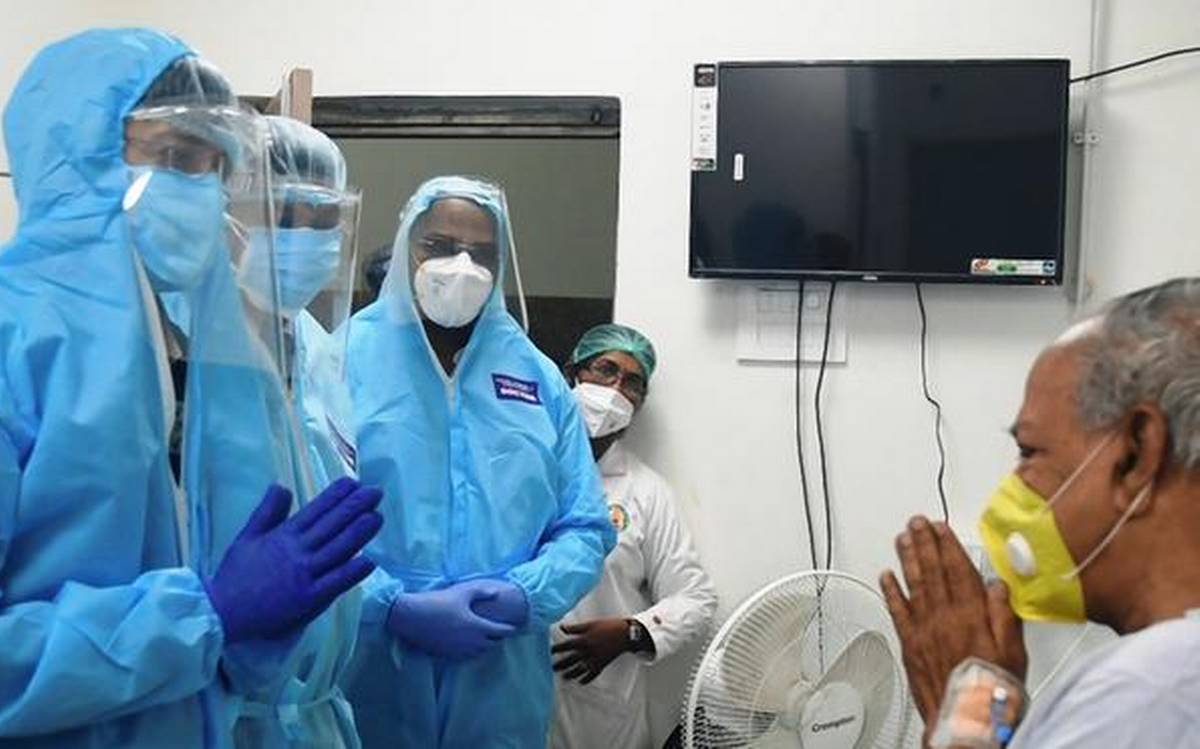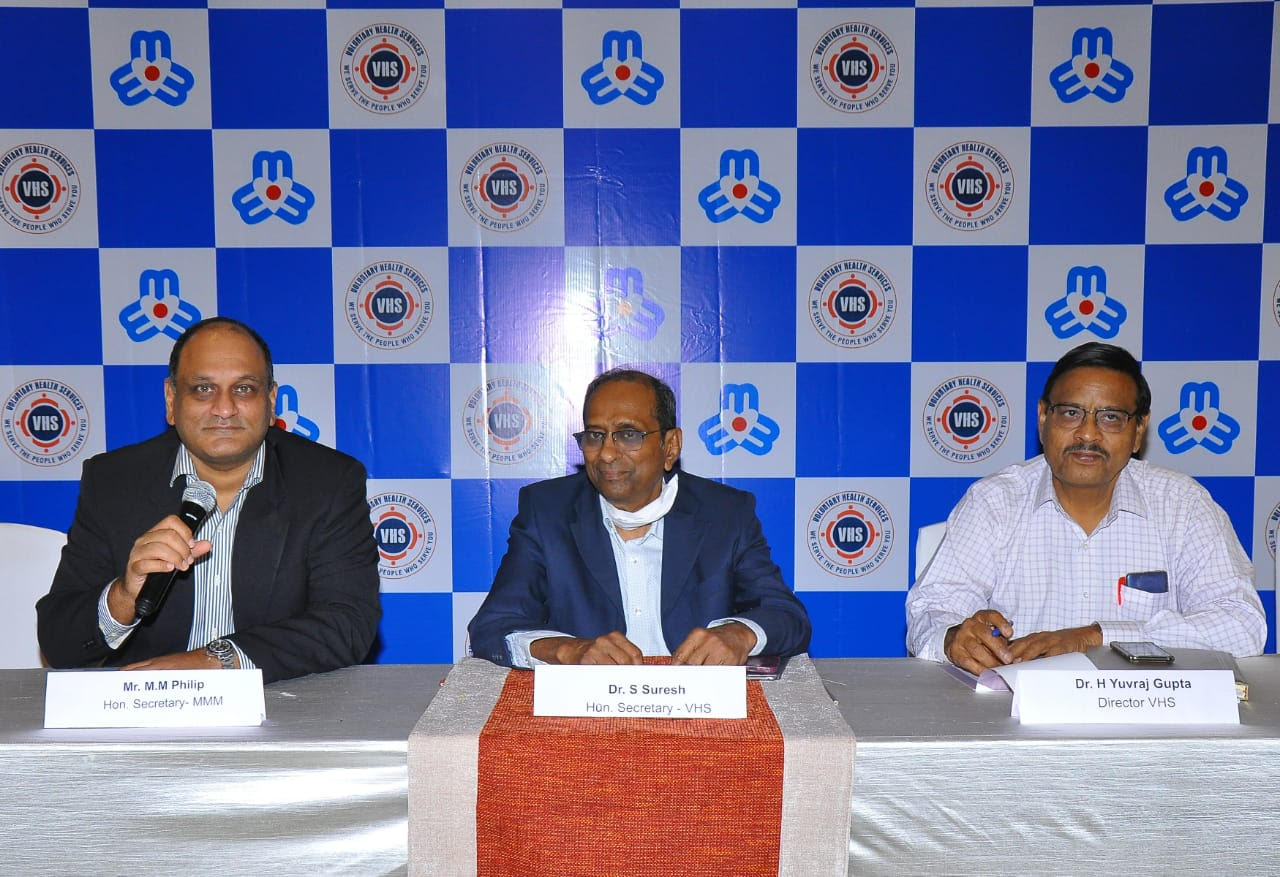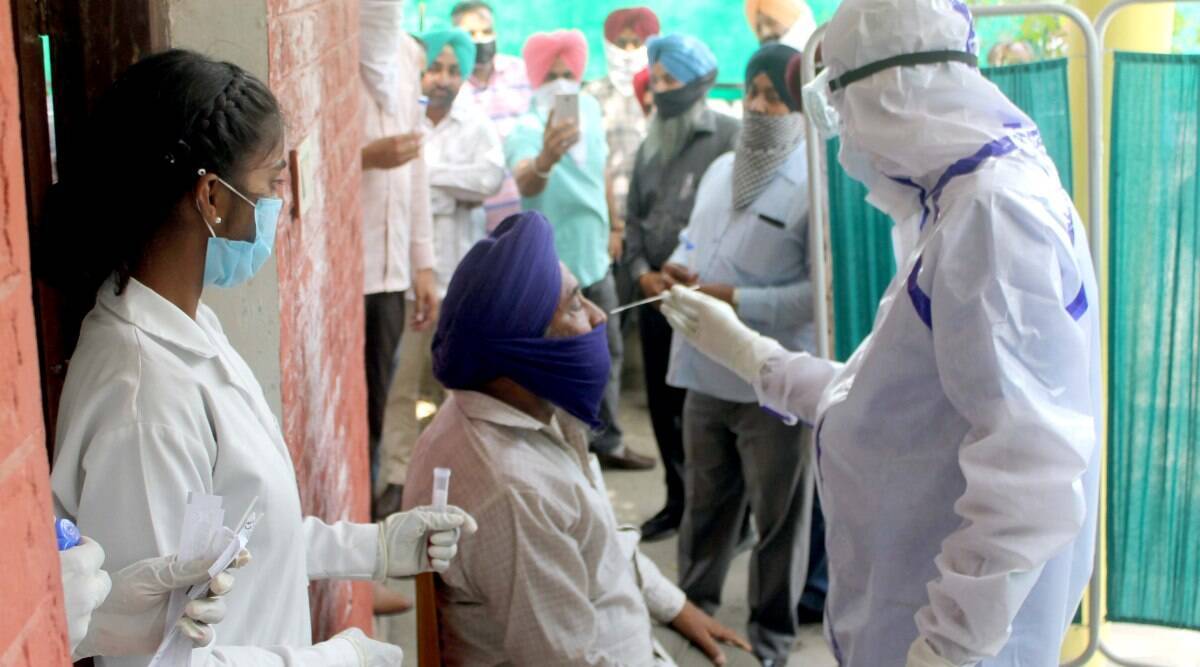
Dileep V Kumar, June 13, Thiruvananthapuram
The dengue prediction model is set to get a fillip in the country through the Thiruvananthapuram-based Achutha Menon Centre for Health Science Studies (AMCHSS). The centre, which is a part of the Sree Chitra Tirunal Institute for Medical Sciences and Technology, has developed a framework to understand the relationship between dengue occurrence and climatic factors. The framework developed by a team headed by Dr Biju Soman is expected to help in understanding disease epidemiology and strengthen disease surveillance in the country.
According to public health experts, the development of a framework of this kind holds much significance as dengue is endemic in most parts of India.
As per data available from National Centre for Vector-Borne Disease Control, 1, 93,245 dengue cases and 306 deaths were reported in the country in 2021.
In the case of Kerala, 3,251 cases and 27 deaths were reported in 2021. This year, till June 12, the state had 1,131 cases and five deaths.
At the same time, the researchers said that only preliminary findings were made and collaborative studies might further enlarge the scope in understanding micro-climatic associations of dengue and in developing forecasting models for strengthening routine surveillance in the country.
“The study aimed to develop a reproducible, open-source, and scalable framework for extracting climate data from satellite imagery, understanding dengue’s decadal trend in India, and estimating the relationship between dengue occurrence and climatic factors,” reads an excerpt from the paper published in the Indian Journal of Community Medicine.
However, it further added, “The limitations in the present study include the lack of availability of granular dengue occurrence data. Data with a higher spatial and temporal resolution of disease occurrence would have further enhanced the understanding of the spatiotemporal epidemiology of dengue and its microclimatic associations. Furthermore, higher resolution data is required to understand the variance in these associations as per topography. These were beyond the scope of the present study.”
According to the authors, the study documents and provides a reproducible, systematic algorithm for spatiotemporal climatic risk assessment using research-level satellite imagery datasets. Further, the study highlights heterogeneous high dengue burden in the country associated with climatic factors.
The other authors of the study were Gurpreet Singh and Arun Mitra of AMCHSS.








